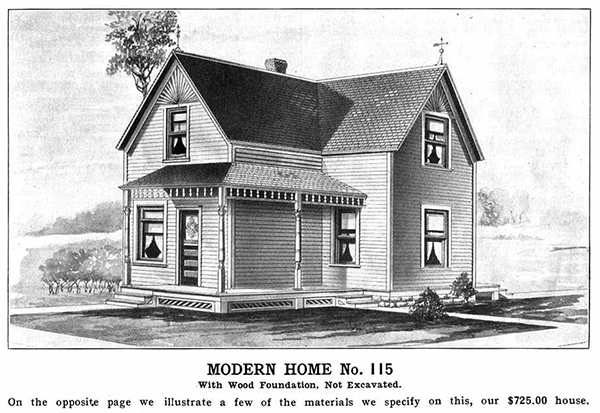
It’s cliché to say, “Everything that’s old is new again,” but boy if it isn’t true sometimes. I recently unearthed a monograph from 1942 about the conflict between urban and rural land uses, and a number of sections read like they were written yesterday.
George Wehrwein, the author of the monograph and a well respected land economist in his time, speaks with a voice that sounds distinctly modern. He assails unguided development as “suburban slums.” He points out farmland’s unfortunate role in absorbing willy-nilly growth. He mentions the more than 2,000 cities that, even in 1942, were utterly dependent on automobiles—“these cities have no street cars or buses of any type.” Even in that austere time, the beginnings of the automobile’s coming golden age were evident.
While the automobile and the “modern highway” were accelerating the pace of suburbanization, they didn’t start the trend—streetcars and interurban lines were initially responsible. “Almost as soon as railways became established, industries began to ‘decentralize’ by seeking locations in the suburban areas,” Wehrwein writes. While both trains and automobiles drove decentralization, they invaded rural spaces in distinctly different ways. Trains left a pattern of hub-and-spoke development, drawing some industries far out of the metropolis while leaving closer yet less accessible land under the plow. Automobiles allowed this decentralization to diffuse across the landscape even further while also invading the interstitial spaces left by train-focused development. “As a result, cities have not merely expanded, they have ‘exploded,’ ” he wrote.
Cars and highways spread development more evenly across the landscape, but much of the growth came at the expense of valuable farmland, something that clearly rankled the economist. Large tracts of land weren’t developed immediately, leaving empty lots set amidst trafficless roads, both of which became financial burdens on the local government. In his paper, Wehrwein condemns speculators that drove such slapdash development and rails against weak rural governments that did little to check them. He wasn’t universally panning the suburbs, but he was dismayed at what he saw as a waste of land and resources.
If Wehrwein’s lamentations sound distinctly modern, then so too do his solutions. He calls for large scale regional planning in his paper and advocates granting counties the power to guide development in unincorporated areas. Thanks to his earlier efforts, that experiment had already begun on in a few places. Twenty-five of Wisconsin’s 72 counties had zoning laws, and the state of California granted local authorities power to do the same. But Wehrwein also realized that granting authority does not ensure a desired outcome. “Mere power does not carry with it the desire, courage, or the wisdom necessary to make for a well planned rural-urban region.”
Source:
Wehrwein, G. (1942). The Rural-Urban Fringe Economic Geography, 18 (3) DOI: 10.2307/141123
Image in the public domain.